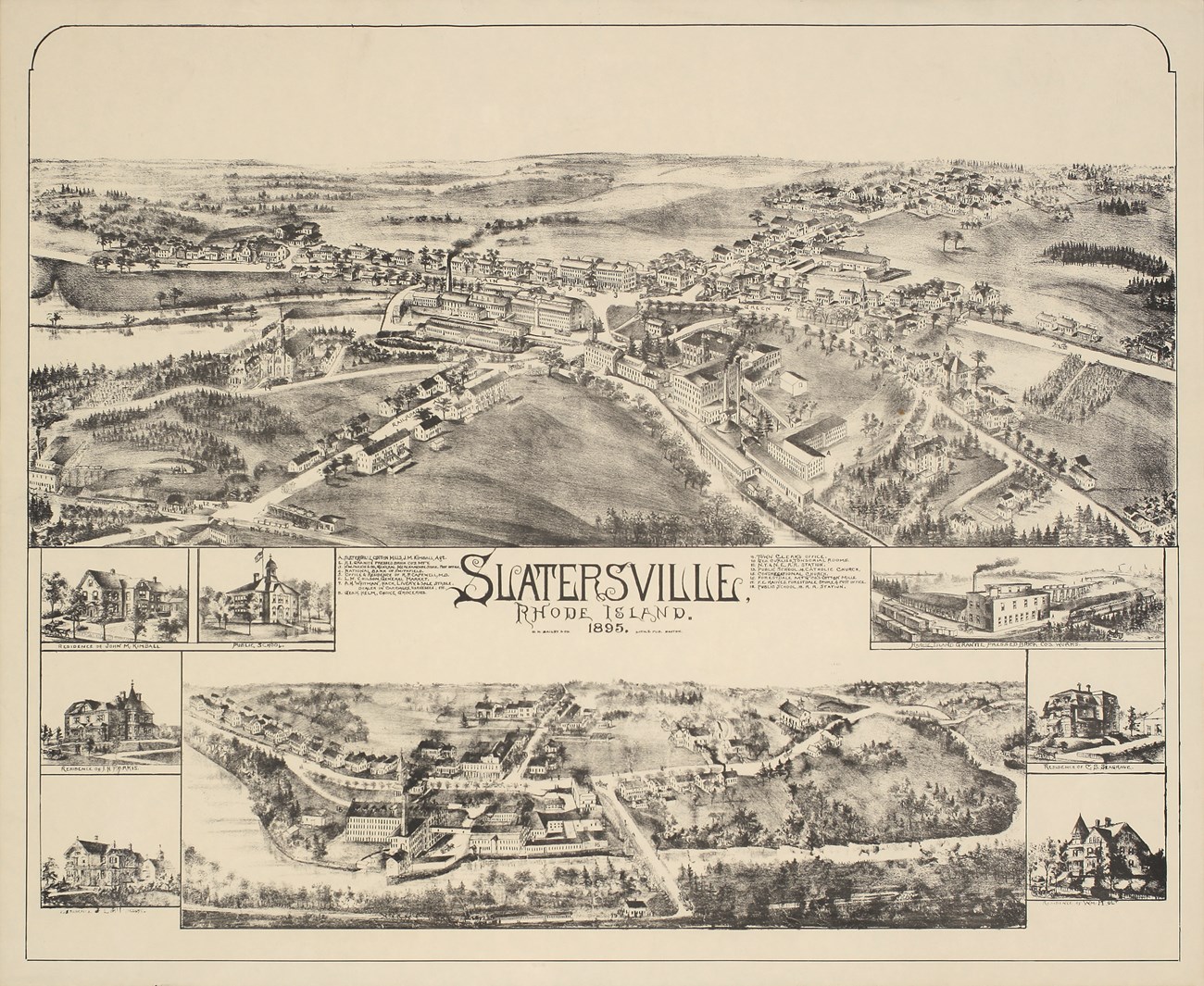
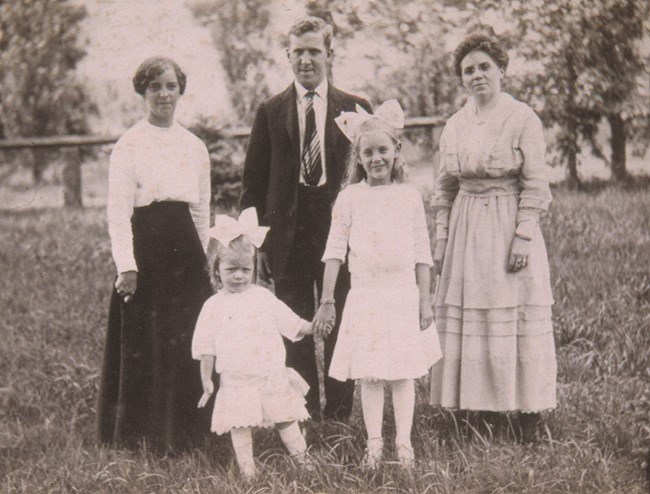
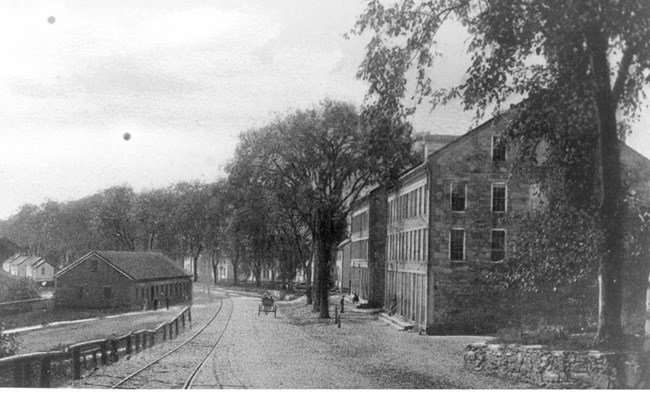
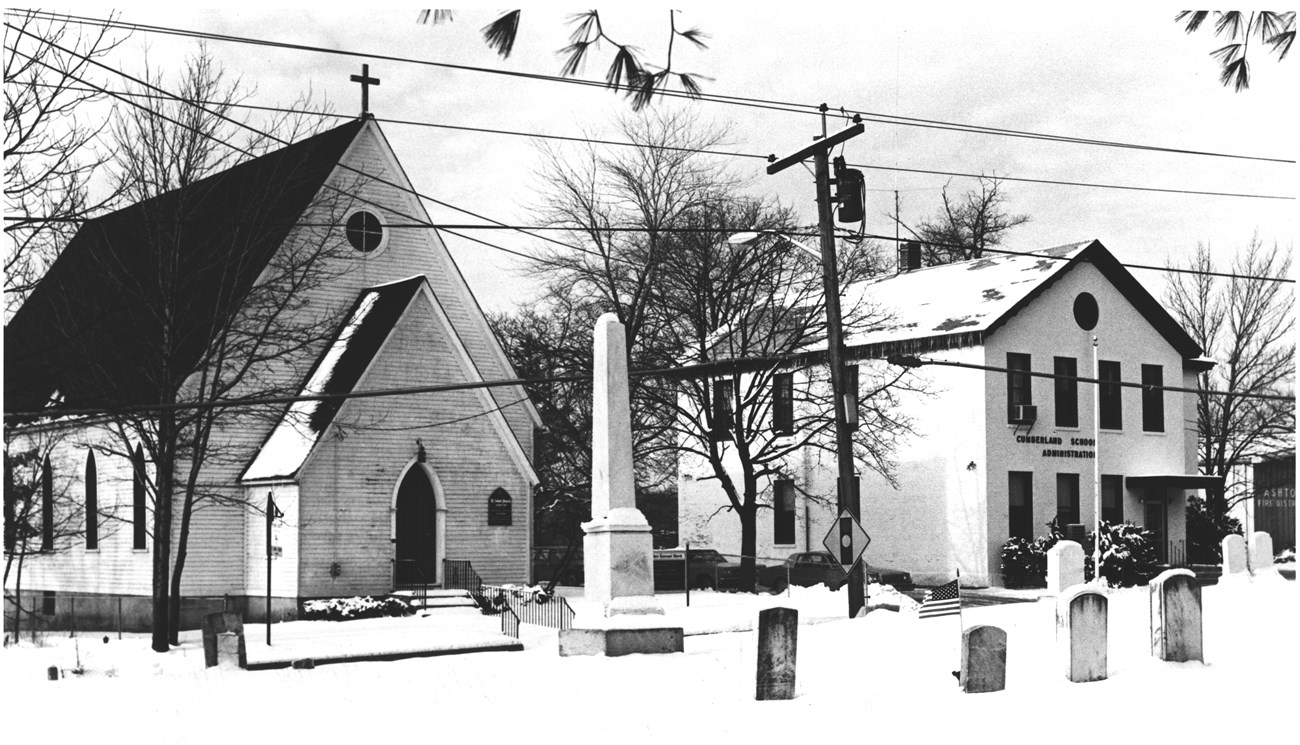
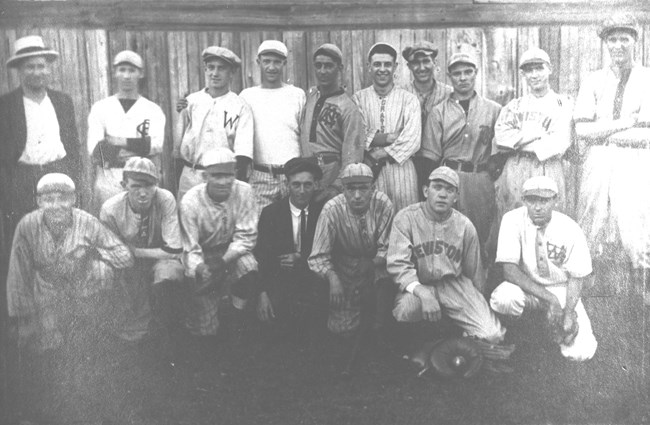
The mill village system gave companies a steady stream of workers and income. Mill workers who came to these villages gave up much of their own freedom to live a more stable life. They were guaranteed a steady home and work, and they were not responsible for their housing or producing their own food or other products. On the other hand, they lost almost all their autonomy and freedom of movement. Often, these workers were in debt to the mill company, and they were manipulated to serve the economic ends of their employers. This way of life still effects the economics of the United States today. People, Places and Stories
|
Last updated: May 25, 2025



